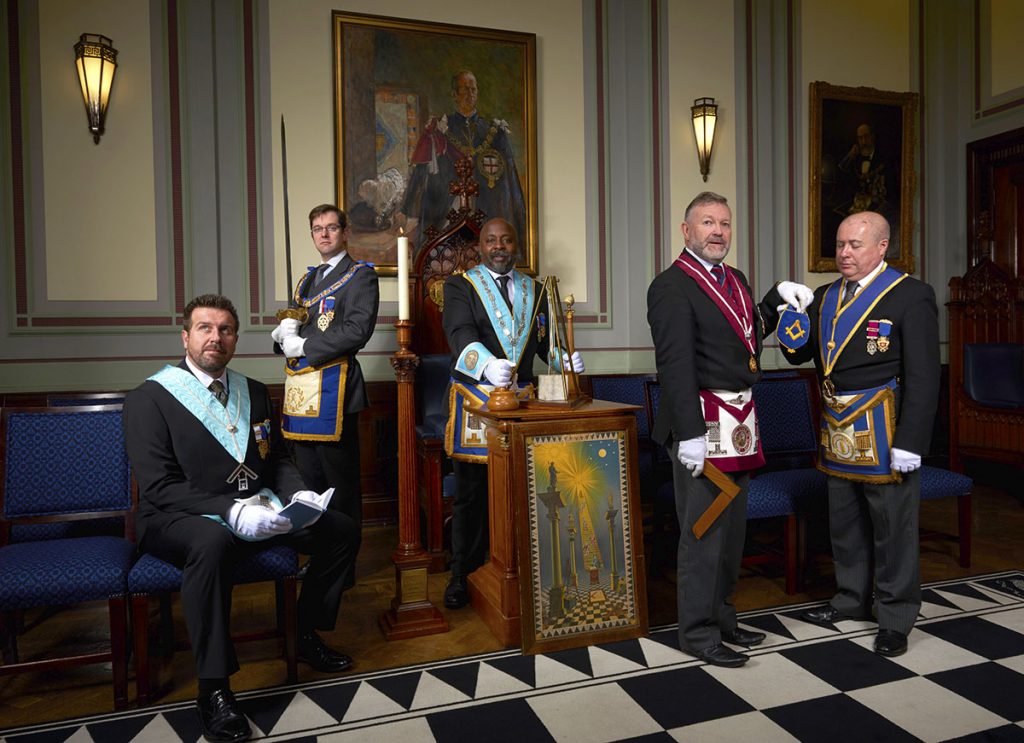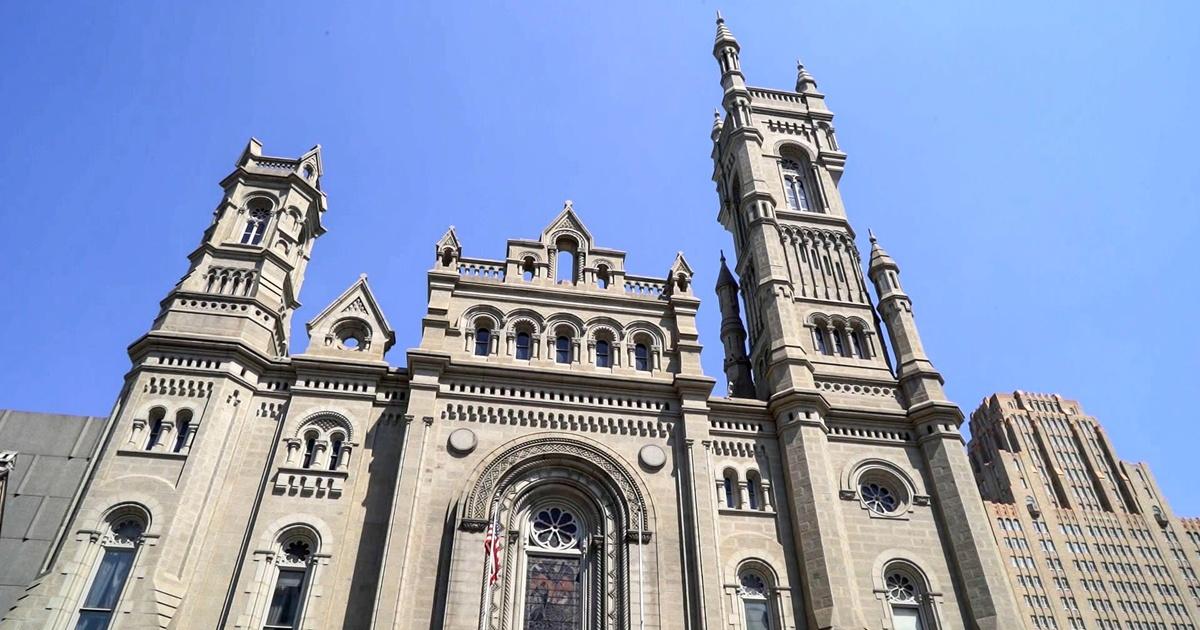Discover Exclusive Opportunities by Deciding to Join FreemasonToday
Discover Exclusive Opportunities by Deciding to Join FreemasonToday
Blog Article
Exploring the Mysteries of the copyright: What You Required to Know
The copyright, a term usually shrouded in intrigue and debate, stands for a complicated tapestry of historic reality and contemporary myth. Established in the late 18th century, this secret culture was initially rooted in the Knowledge's suitables yet has actually since ended up being associated with conspiracy theories about elite control.
Origins of the copyright
The beginnings of the copyright are steeped in a blend of historical intrigue and ideological eagerness. Developed in 1776 in Ingolstadt, Bavaria, by Adam Weishaupt, the team was originally formed as a secret society focused on promoting Knowledge suitables such as reason, secularism, and the separation of church and state. join freemason. Weishaupt, a teacher of canon regulation, sought to test the dominating authority of the church and state, which he considered as oppressive institutions suppressing intellectual and individual liberty
The copyright looked for to hire prominent members from various societal markets, consisting of national politics, academic community, and the arts, to promote a network committed to these Knowledge principles. The society run under a veil of privacy, using coded language and rituals to shield its participants from mistreatment, particularly given the repressive climate of the time. However, the copyright encountered considerable resistance from both governmental authorities and spiritual organizations, which watched the group as a danger to their power.
Secret Numbers and Members
That were the essential numbers that shaped the copyright's very early influence and instructions? The Bavarian copyright, established in 1776 by Adam Weishaupt, arised as an action to the oppressive societal structures of the time. Weishaupt, a legislation professor, pictured the organization as a way to promote Knowledge ideals such as reason, secularism, and equality. His first recruitment efforts consisted of significant intellectuals, such as Baron von Knigge, that played an important function in increasing the team's membership and organizational structure.
An additional substantial number was Johann Gottlieb Fichte, a popular philosopher whose ideas on nationalism and education resonated with the copyright's objectives. Fichte was not an official participant, his thoughtful foundations affected the team's belief. In addition, figures like the writer and philosopher Johann Wolfgang von Goethe were connected with the broader intellectual activities of the moment, although their direct participation with the copyright continues to be discussed.
These crucial numbers added to the copyright's very early instructions, pressing the borders of political and social thought, while their cumulative efforts aimed to test well-known norms and promote an environment of modern adjustment in Europe. (join freemason)
Myths vs. Fact
Several misconceptions surround the copyright, commonly blending fact with fiction in a way that covers its real nature. The idea that the copyright continues to exert considerable impact over globe occasions is a misconception.
An additional widespread myth is that the copyright makes up a network of elite individuals manipulating international affairs. In reality, lots of conspiracy theory concepts overemphasize the team's value, connecting misguided objectives to societal patterns and occasions. This has actually caused an oversimplified view of intricate concerns.
Additionally, the portrayal of the copyright in pop culture often more distorts its legacy. Films and literary works often tend to sensationalize the company's duty, creating a narrative that deviates from historical facts. Recognizing the difference in between the myths and the truth of the copyright is important for critical the genuine impact of this historic team and recognizing the more comprehensive ramifications of conspiracy theories in contemporary culture.

Modern Interpretations
Contemporary interpretations of the copyright typically mirror wider societal anxiousness and an attraction with secrecy and power. This modern lens frequently links the copyright with conspiracy theory concepts that recommend a concealed elite manages globe occasions, manipulating governments try here and economies for their own gain. Such narratives touch into an ingrained question of authority, especially in times of situation or social upheaval.
In pop culture, the copyright is usually depicted as an omnipotent organization shrouded in mystery, causing a wide variety of fictional representations in literature, movie, and songs. This portrayal offers not just to amuse but additionally to provoke thought of the nature of power and control in contemporary society. Social media has actually better amplified these analyses, allowing for fast dissemination of conspiracy theories and producing neighborhoods that share and expand upon over here these concepts.
In addition, some modern interpretations frame the copyright as a metaphor for the complexities of globalization and the interconnectedness of significant individuals and organizations. This perspective encourages a critical exam of just how power characteristics run in today's globe, highlighting the equilibrium in between openness and privacy in administration and business techniques.
Social Impact and Tradition
Influenced by centuries of intrigue, the cultural influence and heritage of the copyright prolong much past its historic origins. This secret society, developed in the late 18th century, has actually permeated numerous elements of pop culture, from literature and movie to music and art. join freemason. The idea of the copyright has actually evolved right into a symbol of conspiracy theories, commonly representing a viewed hidden power controling worldwide occasions
In literature, writers like Dan Brown have actually woven the copyright right into complex stories, exciting readers with motifs of secrecy and power. Movies such as "National Prize" and "The Da Vinci Code" additionally continue the allure of the culture, blending truth with fiction to produce interesting narratives.

Eventually, the copyright's legacy is an intricate tapestry read the full info here of myth and reality, forming perceptions of secrecy and control in contemporary discourse. Its enduring presence in culture underscores humankind's seasonal pursuit for recognizing covert realities.

Verdict
The expedition of the copyright reveals a complicated interaction in between historic facts and modern-day myth-making. Established in the Knowledge age, this culture intended to challenge oppressive frameworks, yet its legacy has been eclipsed by conspiracy theory theories that recommend elite adjustment. Understanding the distinctions in between the initial perfects and contemporary interpretations is important for understanding the enduring fascination with the copyright and its considerable impact on social narratives bordering power and secrecy in society.
Report this page